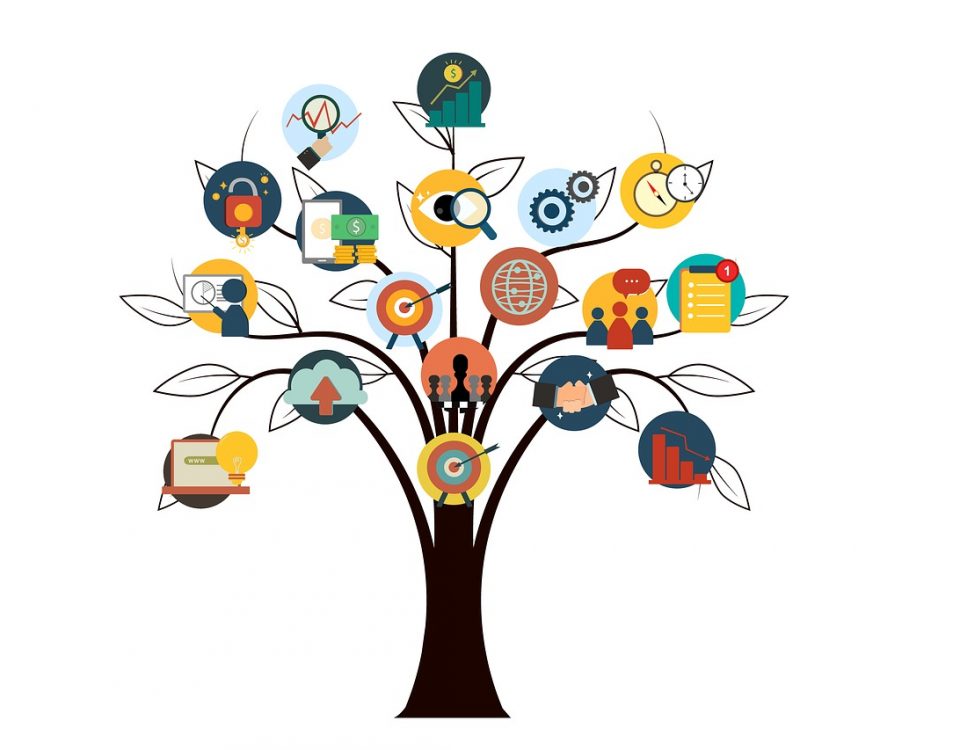- Stronger Customer Relationships
- +1-949-878-7411
- ramana@varasi.com
Look out for Tacit Assumptions when gathering CRM Requirements – ‘I thought it was obvious’ !

If you hear users say ‘I thought it was obvious’ or ‘You didn’t ask for it’ when confronted with why they did not point out some requirements, you may be seeing tacit assumptions and knowledge in play ! As against explicit ones that you may have accounted for, these are hidden.
Tune in to the qualifiers and expressions you may hear from users in their conversations with you such as:
New Customers (what makes them ‘new’ ?)
More accurate (more accurate than what ?)
Conflicting connotations of terms such as prospects, leads, customers
Apart from the tacit assumptions that can be dug up by paying attention to the semantics, there is a whole another set of tacit knowledge when the subject matter experts you are talking to, are themselves unaware of it. Say you’re creating knowledge bases of how to respond or fix categories of customer issues. In doing so, there is a gap between what the experts write down as a solution and what it takes to truly diagnose or fix some issues. When we have experts write troubleshooting techniques as part of the Knowledge Bases, there is the explicit knowledge; and then there is knowledge that the experts themselves didn’t know they had that they bring to bear in solving issues. As the saying goes, they know ‘more than they can tell’. This is the very hard to communicate, hard to capture tacit knowledge. Becoming aware it exists, is the first step towards capturing it.
Malcolm Gladwell writes about professional tennis players describing how they hit a topspin forehand in his book ‘Blink – The Power of Thinking without Thinking’. Apparently, they all said they used their wrist to roll the racquet over the ball when hitting a forehand. Although the video recordings of these players in slow motion showed, that they rolled in the racquet after hitting the ball! Gladwell isn’t suggesting the players lied but that their knowledge was instinctive, something they could not express it in words.
The best way to make the tacit assumptions and knowledge explicit, is by observing the users in their environments while they complete tasks. Observing a sales person handle a sales call, shadowing a customer service agent over a number of customer interactions are opportunities for tuning into the tacit knowledge.
As CRM systems turn more towards incorporating Artificial Intelligence, this is even more significant for requirements gathering. How do you capture the knowledge of the expert with the layers of tacit assumptions hiding under the obvious !



